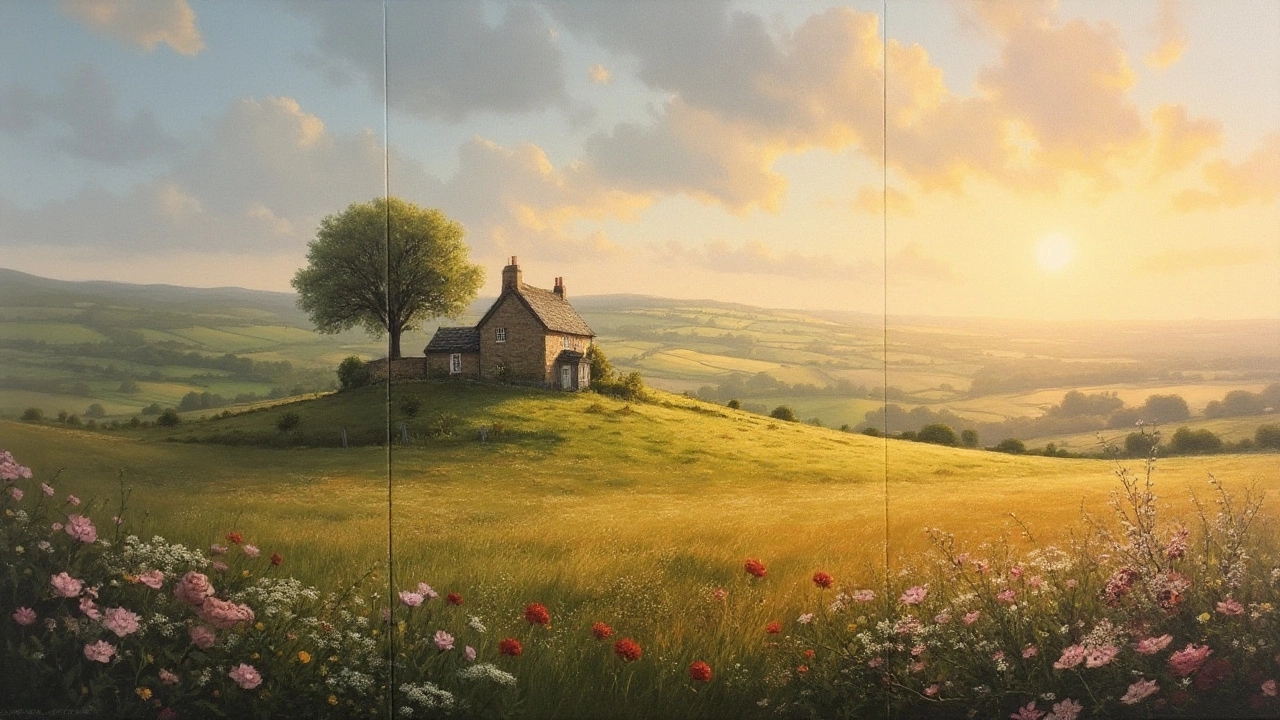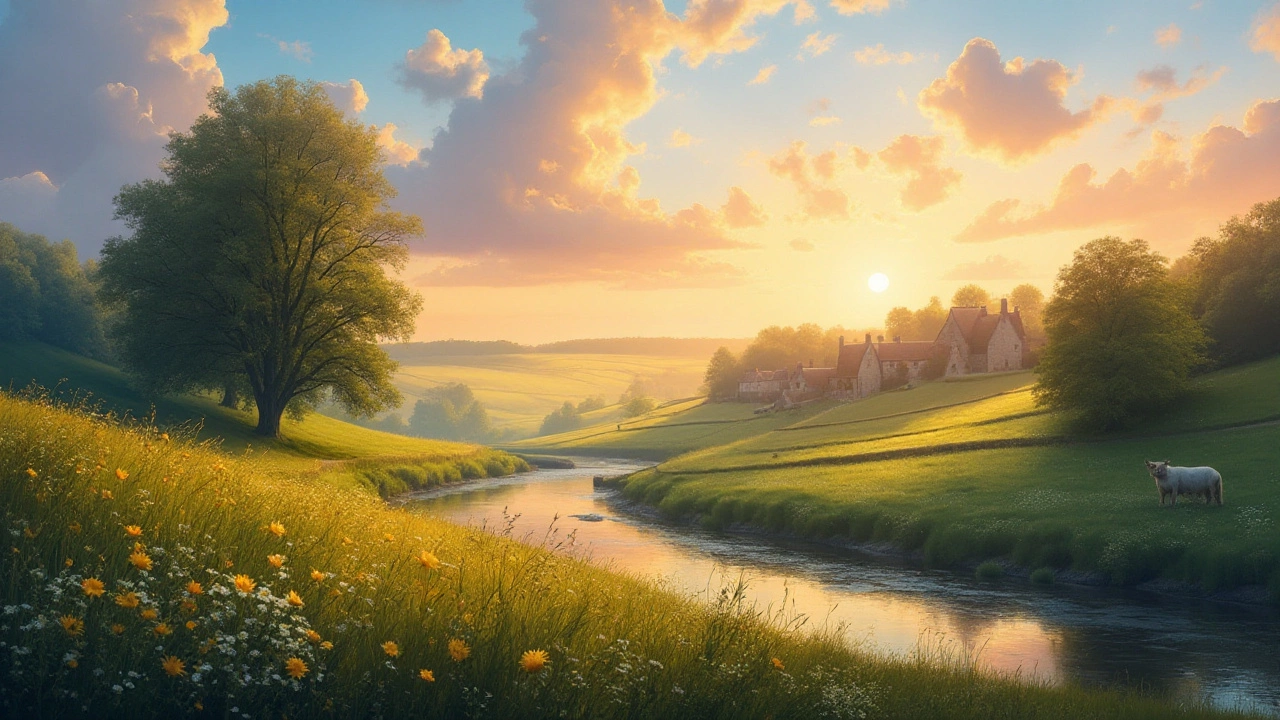Art Composition: Simple Tips and Tricks to Boost Your Creations
When you look at a painting, photo, or graphic, the first thing your eye does is wander around the piece. Good art composition makes that wandering feel natural and keeps the viewer interested. In plain terms, composition is the way you arrange shapes, colors, and lines so that the whole work feels balanced and tells a clear story.
Most beginners think composition is something you learn after years of practice, but the basics are easy to pick up. Think of it like setting a table: you need a plate, a fork, a napkin, and you place them in a way that looks inviting. In art, the “plate” could be your main subject, the “fork” a line that leads the eye, and the “napkin” the background that supports everything.
Key Principles for Strong Composition
Balance. Anything too heavy on one side makes the piece feel off‑center. You can balance a big dark shape with several smaller light ones, or use color contrast to even things out.
Contrast. Light versus dark, smooth versus rough, big versus small – contrast creates visual interest. A bright orange flower against a muted blue sky will pop instantly.
Emphasis. Decide what you want viewers to notice first. Place that element in a strong spot – the center, a corner, or where lines intersect.
Repetition & Rhythm. Repeating shapes or colors creates a visual beat that guides the eye. Too much repetition can get boring, so mix it up with a surprise element.
Unity. All parts should feel like they belong together. Use a limited color palette or similar textures to tie everything up.
Practical Ways to Apply Composition in Your Work
Start every project with quick thumbnails. Sketch three or four tiny versions of your idea on a scrap of paper. This forces you to think about placement before committing to a full‑size piece.
Try the rule of thirds. Imagine a grid dividing the canvas into nine equal parts. Place key elements along the lines or at the intersections; it creates a natural flow.
If you’re working with oil paints, use the "blur edges" trick from our guide on How to Blur Oil Painting Edges to soften background details and push the focus forward. Soft edges act like a visual cushion, keeping the main subject sharp.
Look at classic examples. The article The 7 Main Areas of Art breaks down how different art forms handle composition – from sculpture’s three‑dimensional balance to landscape’s use of depth. Borrow a principle from another medium and test it in your own work.
Don’t forget negative space. Empty areas aren’t wasted; they’re breathing room for the eye. A well‑placed gap can make a busy composition feel calm.
Finally, step back. After a few minutes of work, view your piece from a distance or flip the canvas upside down. Fresh eyes reveal awkward placements you missed.By keeping these basics in mind and practicing a few minutes each day, you’ll notice your art feels more purposeful and engaging. Composition isn’t a secret formula – it’s a set of habits you build. Keep experimenting, and watch your creations get stronger, faster.

